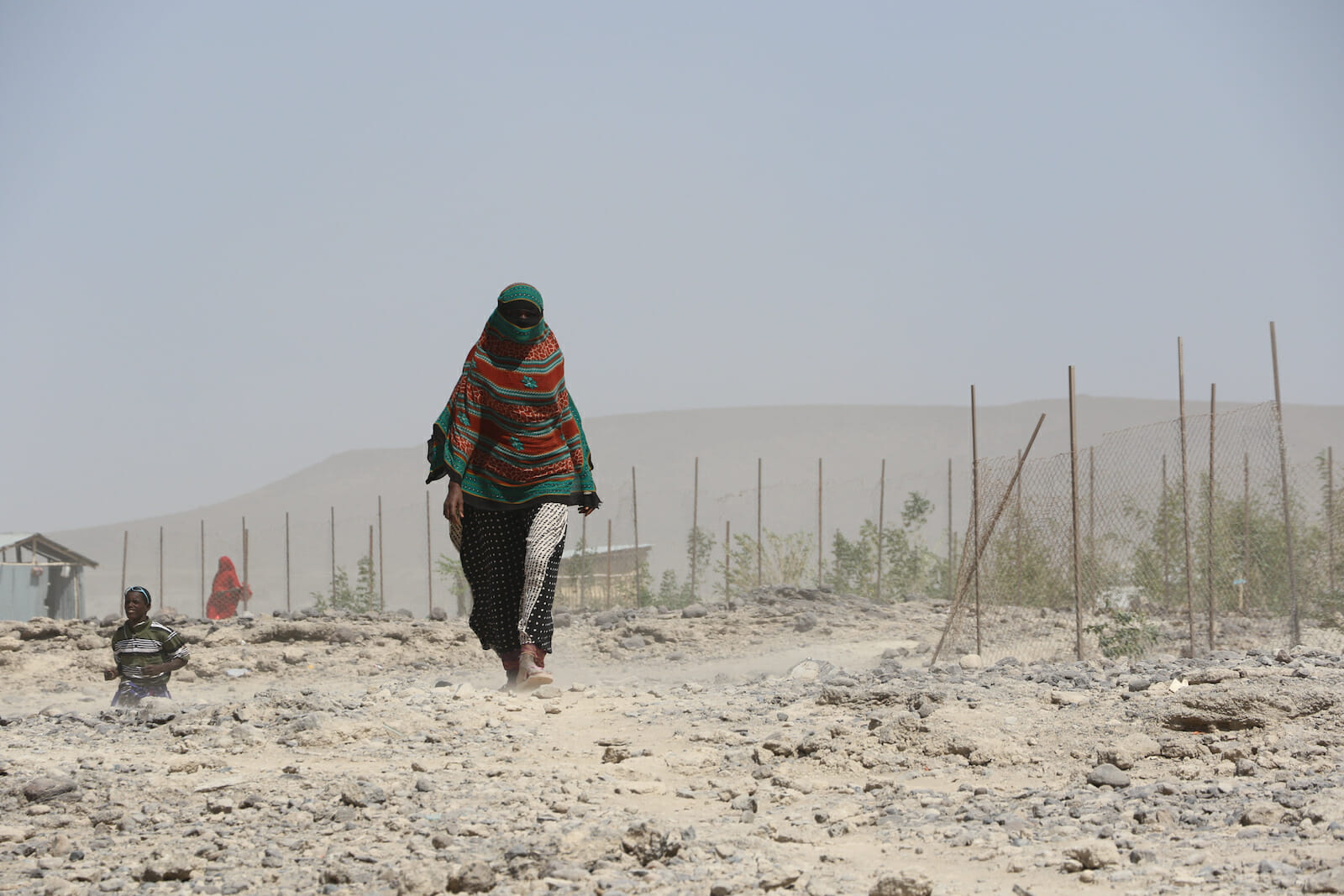
Cooperation, Collusion and Corruption
Is this the end or the beginning of another Ethiopian tragedy? Prime Minister Abiy Ahmed insists that the “law enforcement operation” is over. U.S. diplomats, on the other hand, are reporting that Eritrean soldiers have crossed the border and are supporting the military’s efforts in fighting the Tigray People’s Liberation Front (TPLF).
With more than 40,000 Ethiopian refugees in Sudan, it is likely that the impact of this conflict will be felt for a while. There are distressing scenes of families fleeing to Sudan, refugees wandering makeshift camps, and cries of despair as the UN struggles to get food and basic supplies to the people in Tigray.
All of this feels depressingly familiar. Instability in the Horn of Africa, with Ethiopian, Eritrean, and TPLF forces at each other’s throats, brings back memories of the 1980s where the ongoing civil war exacerbated an environmental and political disaster that led to famine and the death of approximately 1 million Ethiopians from starvation.
The harrowing images of 1984 mobilised a global disaster response. But that response was sometimes thwarted, when access to certain regions was tightly controlled, food convoys were attacked and aid diverted to maintain military superiority. As the Dutch journalist, Linda Polman, wrote in her critique of the aid industry, War Games: The Story of Aid and War in Modern Times, “Famine is rarely caused by a lack of food. It far more frequently occurs because people are denied the right to food.”
Less than a decade later, the world witnessed another toxic combination of conflict and humanitarian disaster, when Ethiopia’s neighbour, Sudan, was struck down by famine in late 1992 amidst a civil war. Crops had not been planted earlier in the year, and hundreds of thousands of people were relying solely on what was flown in by aid organisations, primarily through Operation Lifeline Sudan (OLS), a consortium of UN agencies and approximately 35 NGOs.
To operate in the insurgent-held areas in southern Sudan, OLS needed to seek agreement from the government of Sudan as well as from the Sudan People’s Liberation Movement/Army (SPLM/A).
While the NGOs provided basic welfare to the local people, they also perpetuated the conflict by their – sometimes overt – support for the rebels. The SPLM/A rebels taxed the international organisations who operated in their areas, carefully rationed food for its soldiers, and siphoned off aid for military purposes. The agreement challenged and questioned the neutrality of some international aid organisations. It gave legitimacy and power to a rebel movement.
And that is the nub of the problem. Even in unavoidable natural disasters, it is the government or the local rulers who are responsible for the relief efforts. They decide who has access to food and water, who stays in the villages, and who has to leave. No international agency, donor, or NGO can function without working closely with those in power. Close cooperation is essential. When the crisis is caused by war and conflict, the line between cooperation and collusion becomes harder to discern. Boundaries of neutrality are pushed and sometimes crossed.
Today, NGO and donor involvement with local leaders has given rise to widespread corruption. By providing basic services on their behalf, governments and rebels are not held to account. The international community has inadvertently created a monster. Anton du Plessis, executive director of the Institute for Security Studies in South Africa, calls corruption “the most neglected human rights violation of our time.”
The new state of South Sudan is run by the same SPLM/A rebels of the 1980s and 90s. It is one of the most corrupt countries on the planet – and one of the poorest. According to the UN Commission on Human Rights in South Sudan, the country is facing corruption on an “epic scale.” Commission chair Yasmin Sooka goes further. “South Sudan is a country where lives are being destroyed by financial corruption on an epic scale. Looting and pillage aren’t just offshoots of war – they are arguably the main drivers of the conflict. At one end of the spectrum, South Sudan’s political elites are fighting for control of the country’s oil and mineral resources, in the process stealing their people’s future. At the other, the soldiers in this conflict over resources are offered the chance to abduct and rape women in lieu of salaries. The eight-year-old girl gang raped in front of her parents is the collateral damage.”
Attitudes towards relief and development efforts have changed significantly since the Ethiopian crisis in the 1980s. The willingness of the public to fund aid has turned to scrutiny and realism. Questions are more readily asked about the underlying causes of poverty, hunger, and suffering. No-one wants aid to be wasted or diverted to prop up corrupt regimes. Unfortunately, political and military conflict, combined with natural and environmental disasters, are unlikely to disappear soon. As we watch the Ethiopian tragedy unfold, lessons from the past must serve as a guide to the future.

